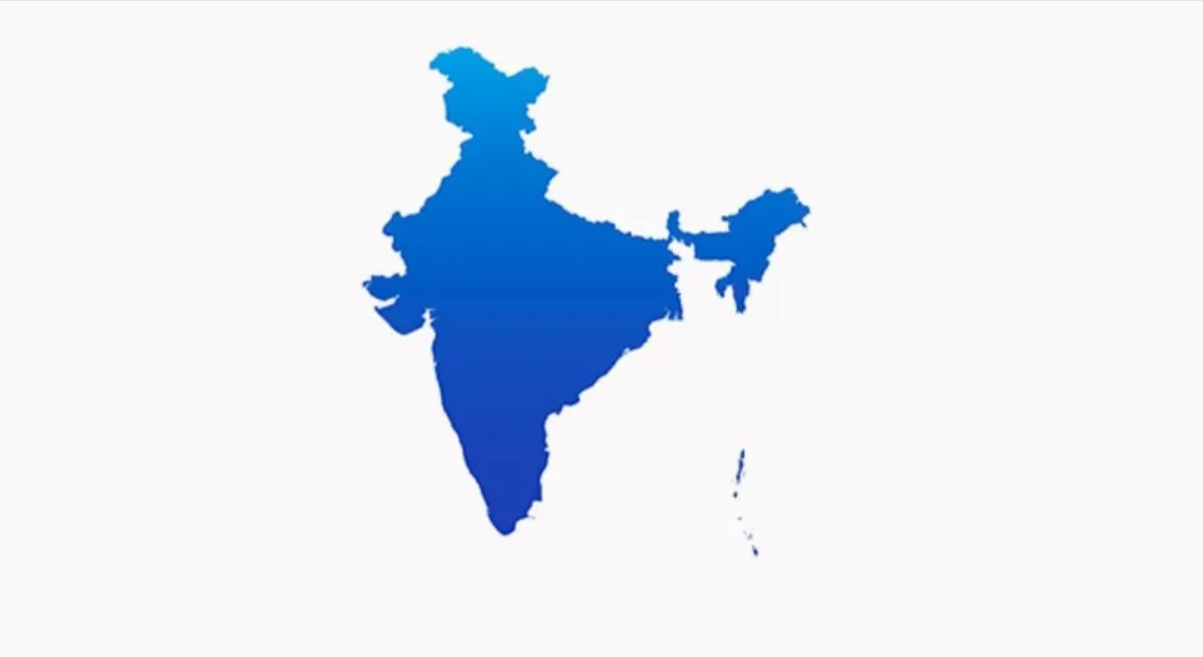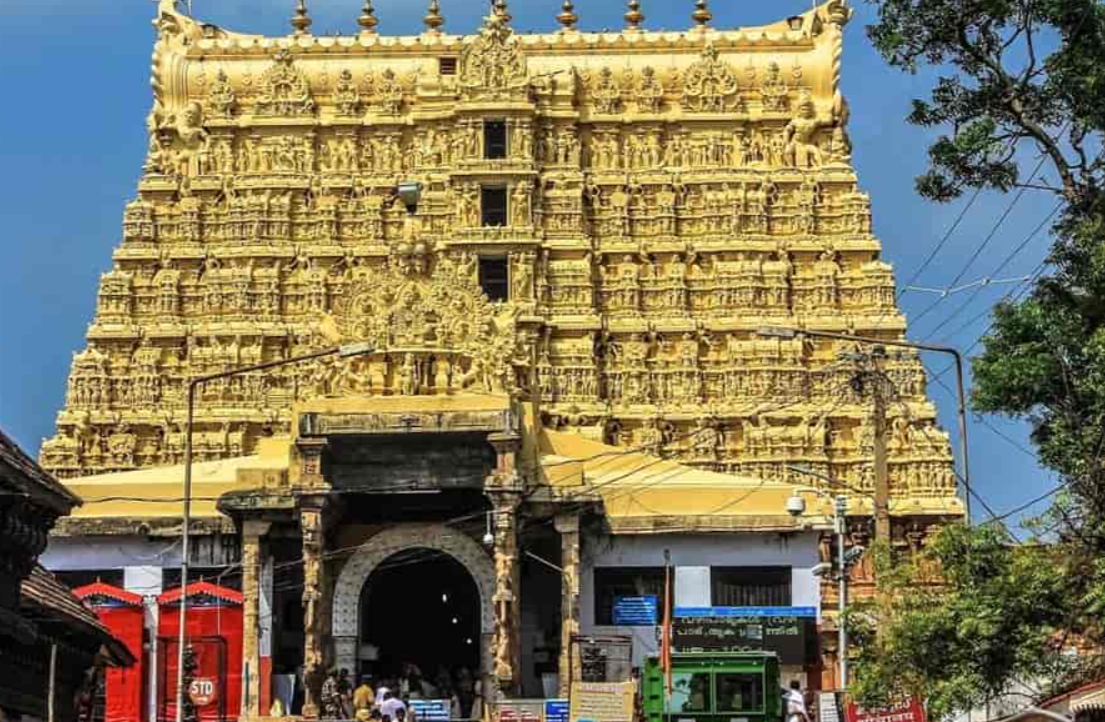Let’s embark on a journey into the quieter corners of India, where the rhythm of life moves at a different pace. In these least populated states in India, every face becomes a familiar one, and the byways echo with laughter from tightly-knit communities. Today, we will delve into the five states with the least population in India as of 2024. These places are not only renowned for their architectural marvels but also for their rich culture and natural beauty. Join us as we unravel intriguing facts about these states that remain lesser-known, revealing the beauty of India’s lesser-trodden paths.
Top 5 Least Populated States in India
1. Sikkim
Sikkim, a serene state in northeastern India, boasts a capital, Gangtok, known for its breathtaking views of the Himalayas. The state has a population of around 610,577, accounting for approximately 0.05% of India’s total population. Most residents (75%) live in rural areas, while the remaining 25% reside in urban regions. Despite its low population density, Sikkim is a place to experience rich Buddhist culture, complemented by stunning natural beauty. The state has a balanced gender ratio, with 890 women for every 1,000 men, reflecting its progressive outlook amidst the mountains.
2. Mizoram
Mizoram, characterized by its lush greenery and vibrant culture, is another northeastern gem with Aizawl as its capital. The population stands at 1,097,206, which rounds up to about 0.09% of the national population. The demographics are evenly split, with 52% of residents living in rural areas and 48% in urban settings. Mizoram has a low population density of only 52 individuals per square kilometer, providing ample space for its inhabitants. The sex ratio here is 976 women for every 1,000 men, indicating a progressive society that values gender balance.
3. Arunachal Pradesh
Arunachal Pradesh, with Itanagar as its capital, is renowned for its rich biodiversity and dense vegetation. It has a population of 1,383,727, with 77% residing in rural areas and 23% in urban locales, making it one of the least populated states in India, accounting for approximately 0.11% of the national total. The state has a remarkable low population density of just 17 individuals per square kilometer, allowing for a vibrant display of wildlife and tribal cultures. The sex ratio here stands at 938 females for every 1,000 males, illustrating the community’s strong ties and support systems.
4. Goa
Goa, India’s smallest state in terms of population and area, has approximately 1,458,545 residents, representing about 0.12% of the national population. Its capital, Panaji, serves as a cultural hub. The majority of the population (62%) resides in urban areas, while the remaining 38% live in the countryside. Goa’s population density is relatively high at 394 individuals per square kilometer, which continues to rise. Despite its dense population, the state maintains a favorable sex ratio of 973 females for every 1,000 males. Goa is famous for its stunning beaches, rich heritage, and a unique blend of cultures.
5. Nagaland
Nestled in the heart of northeastern India, Nagaland features Kohima as its capital. This vibrant state is home to 1,978,502 people, accounting for around 0.16% of the national population. Nagaland showcases a rich tapestry of culture, with 71% of its residents leading rural lives and 29% living in urban areas. The population density here is relatively low at 119 individuals per square kilometer, highlighting the expansive open spaces available. The sex ratio in Nagaland is 931 women for every 1,000 men, indicating strong community bonds and a supportive environment among its diverse populace.
Conclusion
Traveling through the peaceful and less populated states of India reveals a world where tranquility reigns supreme. These regions stand in stark contrast to the bustling metropolises, serving as havens of peace. The essence of these states lies in their harmony with nature, the richness of their undiluted cultures, and the simplicity of life. This exploration reminds us of the beauty and wonder found in the quieter corners of our country. The least populated states in India exemplify the diversity and peace that India represents, encouraging us to appreciate these lesser-known treasures.



